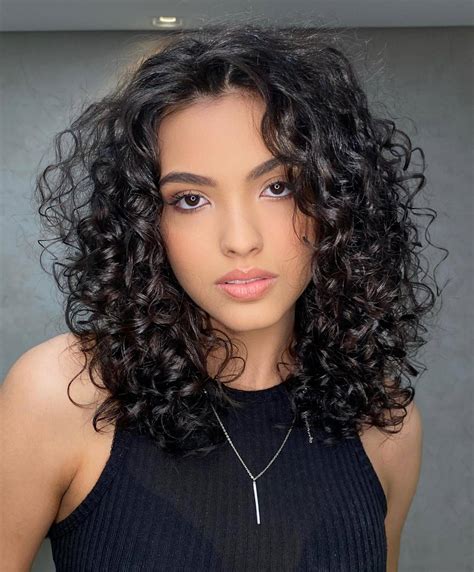Keratin: The Common Thread
At the heart of hair and feathers lies keratin, a fibrous protein that provides both structural integrity and flexibility. Hair, primarily found on mammals, and feathers, exclusive to birds, share this essential component.

Keratin’s molecular structure varies slightly between species, leading to diverse textures and appearances. In humans, hair can range from coarse and curly to fine and straight, while bird feathers exhibit an astounding array of colors, patterns, and shapes.
Hair and Feathers in Nature
Hair
- Mammals, including humans, primates, and ungulates, possess hair as a protective and insulating covering.
- Hair density and texture vary across species and body regions, providing adaptation to different environments.
- Human hair grows at a rate of approximately 1 centimeter per month, shedding and regrowing throughout life.
Feathers
- Birds evolved feathers as a primary adaptation for flight. They provide lift, insulation, and waterproofing.
- Feathers are complex structures with interlocking barbs and vanes that create aerodynamic surfaces.
- The average bird has around 2,500 feathers, which are regularly molted and replaced.
Hair and Feathers in Human Culture
Hair
- Hair has played a significant role in human cultures throughout history, serving as a symbol of identity, beauty, and status.
- Hairstyles, hair treatments, and hair accessories have evolved over time, reflecting cultural norms and societal expectations.
- The global hair care industry is valued at over $80 billion, showcasing the importance of hair in modern society.
Feathers
- Feathers have been used by humans for decorative purposes for centuries, adorning clothing, jewelry, and ceremonial objects.
- In some cultures, feathers hold spiritual significance and are used in religious rituals and ceremonies.
- The annual global feather trade generates revenue exceeding $100 million, catering to the demand for feathers in various industries.
The Interplay of Hair and Feathers
Despite their distinct origins and functions, hair and feathers share a fascinating relationship.
Fashion and Accessories
- Designers experiment with combining hair and feathers in haute couture and fashion collections.
- Hair extensions with feather accents and feather-trimmed accessories add a touch of whimsy and elegance.
Artistic Expression
- Hair and feathers have long been sources of inspiration for artists, photographers, and designers.
- Sculptors create intricate works by weaving hair and feathers together, exploring themes of identity and transformation.
- Photographers capture the ethereal beauty of feathers and hair, showcasing their interplay in nature.
Technological Advancements
Biomimicry
- Scientists draw inspiration from the structure and properties of hair and feathers to develop advanced materials.
- Feather-inspired surfaces exhibit exceptional water repellency and aerodynamic efficiency, finding applications in aerospace engineering.
- Hair-like sensors mimic the sensitivity of whiskers, enabling the development of wearable electronics and robotics.
Tissue Engineering
- Keratin from feathers and hair is being explored in the field of tissue engineering.
- Scaffolds made from keratin provide a promising foundation for regenerating damaged tissues, such as bone and cartilage.
- These advances hold immense potential for improving medical treatments and outcomes.
Conclusion
Hair and feathers, though seemingly dissimilar, share a deep-rooted connection in the world of keratin. From their shared origin in nature to their diverse applications in human culture, the interplay of hair and feathers continues to inspire and fascinate. As scientific advancements progress, we can anticipate even more groundbreaking applications that harness the unique properties of these extraordinary materials.
Tables
Table 1: Hair Growth Rates
| Animal | Growth Rate |
|---|---|
| Human | 1 cm per month |
| Horse | 2-3 cm per month |
| Dog | 0.5-1.5 cm per month |
| Cat | 0.2-0.8 cm per month |
| Mouse | 0.1-0.3 cm per month |
Table 2: Feather Types
| Type | Description |
|---|---|
| Contour | Primary feathers responsible for flight |
| Semiplume | Secondary feathers providing insulation |
| Down | Fluffy feathers providing warmth |
| Filoplume | Hair-like feathers with sensory function |
| Powder down | Feathers that break down into a dust-like substance |
Table 3: Hair and Feather Uses in Industry
| Industry | Application |
|---|---|
| Fashion | Hair extensions, accessories |
| Cosmetics | Hair care products, feather brushes |
| Agriculture | Feather meal for fertilizer |
| Construction | Insulation materials |
| Scientific research | Tissue engineering, biomimetic materials |
Table 4: Hair and Feather Production
| Product | Annual Production |
|---|---|
| Human hair | 50,000-70,000 metric tons |
| Bird feathers | 100,000-120,000 metric tons |
| Synthetic hair | 200,000-250,000 metric tons |
| Animal bristles | 10,000-15,000 metric tons |
